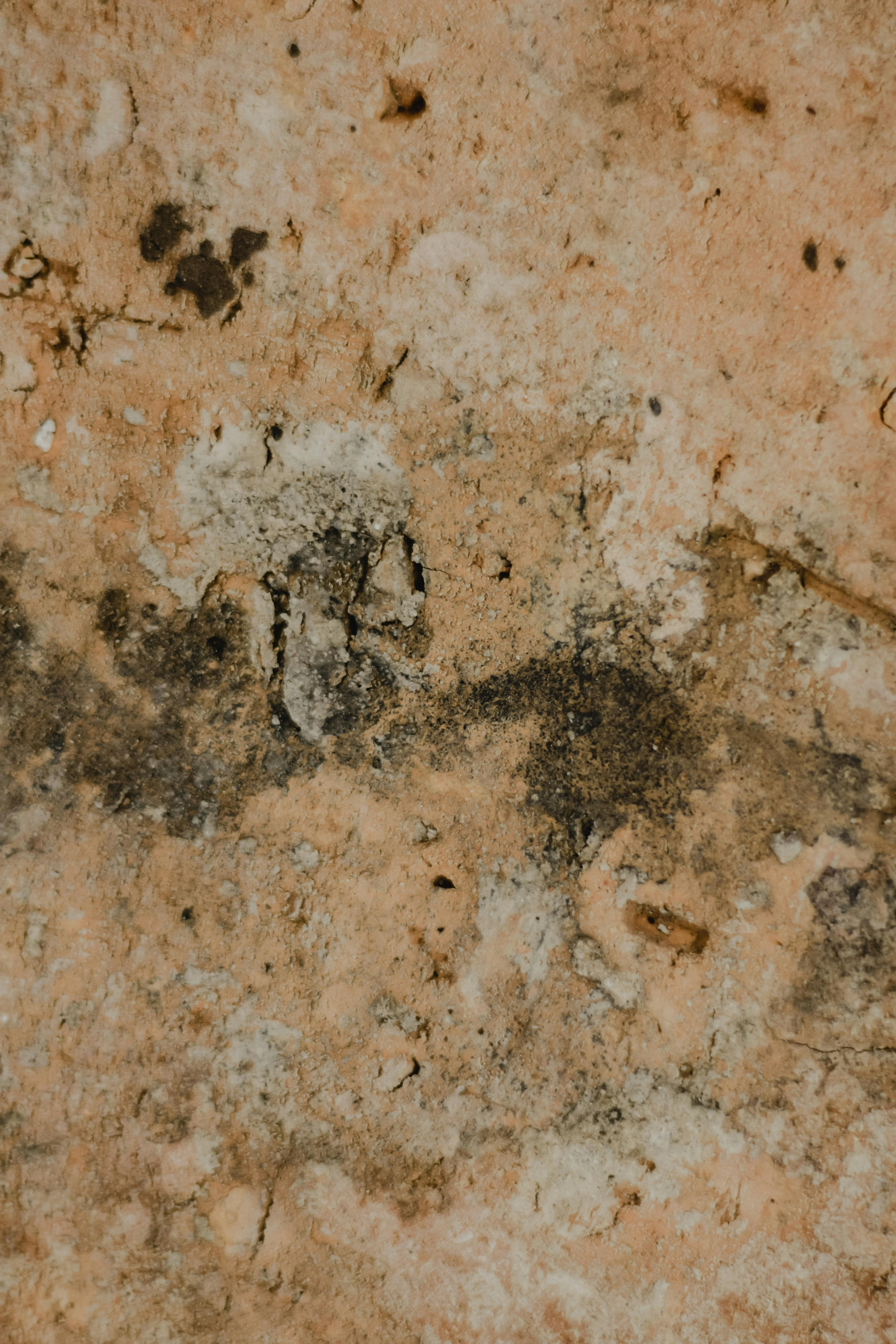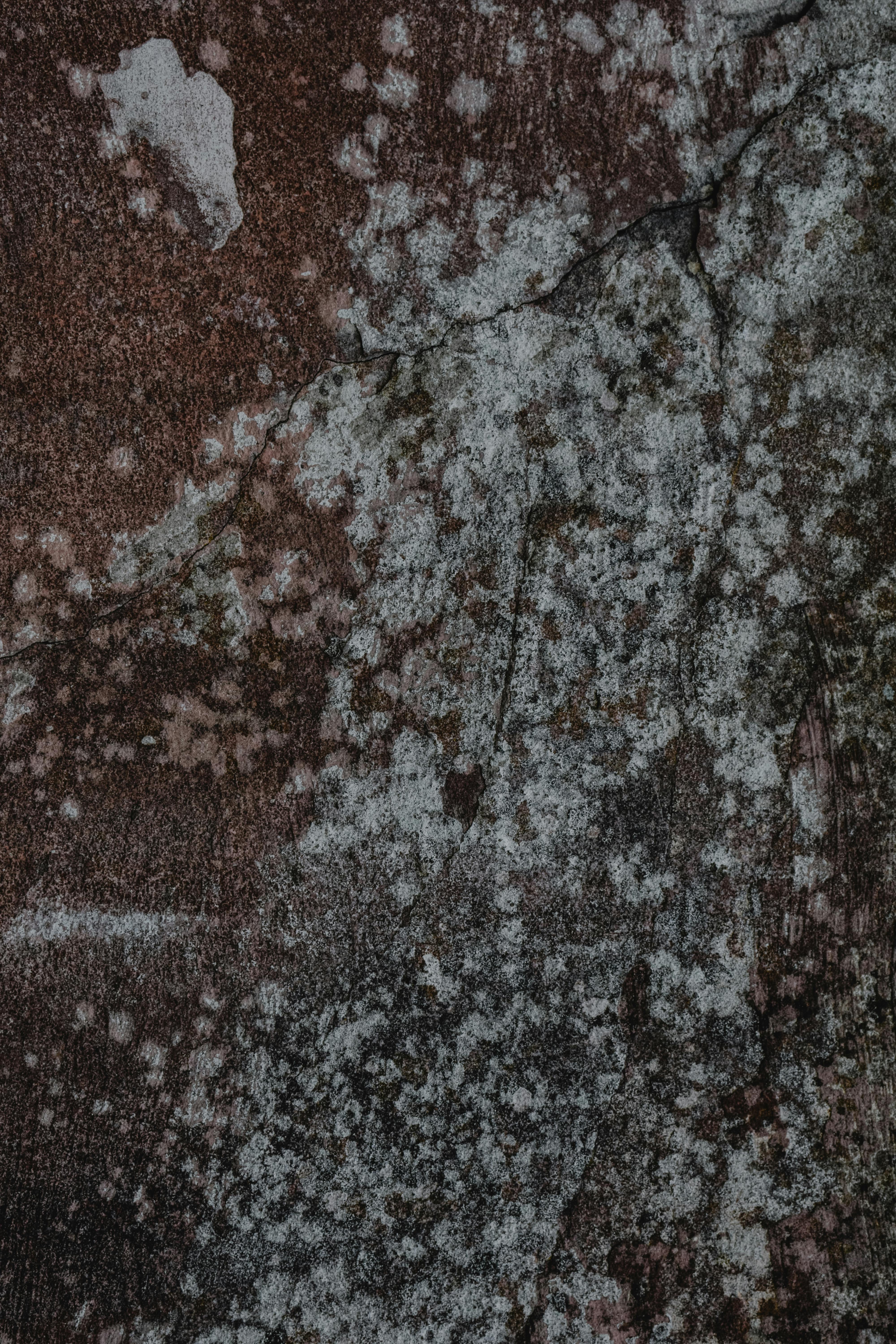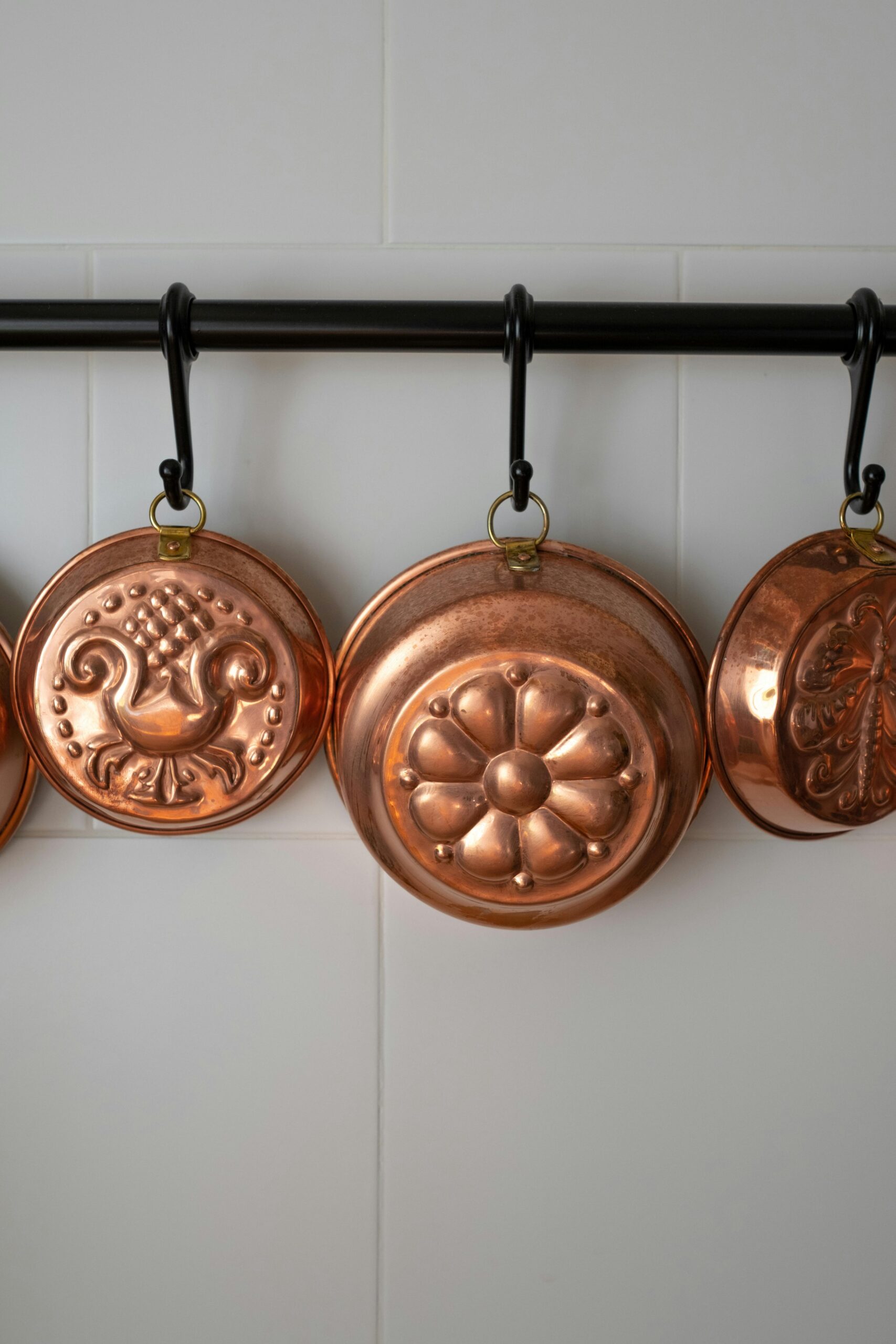Schimmel Wand: Understanding and Preventing Mold Growth
What is Schimmel Wand?
Schimmel wand, or mold on walls, is a common problem faced by homeowners and renters alike. It occurs when humidity levels rise, and the conditions become ripe for mold spores to grow. Mold can not only damage the structural integrity of your home but can also negatively affect air quality, leading to various health issues. Understanding the causes of mold growth on walls and implementing preventive measures is crucial for maintaining a healthy living environment.
Common Causes of Mold on Walls
There are several factors that contribute to the development of schimmel wand in homes. High humidity, often over 60%, can create an ideal environment for mold to thrive. Poor ventilation is another significant contributor, particularly in areas like bathrooms and kitchens where moisture levels frequently fluctuate. Water leaks from roofs, plumbing, or even condensation can also promote mold growth, leading to unsightly patches on walls. Identifying these common causes is the first step in effective prevention.
Health Risks Associated with Mold
Mold on walls is not just a cosmetic issue; it poses serious health risks, especially for individuals with allergies, asthma, or compromised immune systems. Exposure to mold can lead to respiratory problems, skin irritations, and other allergic reactions. Additionally, prolonged exposure may result in more severe health issues. To protect your family’s health, it’s crucial to address schimmel wand promptly and effectively.
Identifying Mold Types
There are several types of mold that can affect your walls, including black mold, white mold, and green mold. While all molds thrive in moist environments, black mold, in particular, is known for its toxicity. It typically appears as dark patches and has a musty odor. Identifying the type of mold is important for determining the proper removal method. Regular inspections of vulnerable areas can help in early detection and treatment.

Preventing Mold Growth
To prevent schimmel wand, it’s essential to create an environment that inhibits mold growth. One effective strategy is controlling humidity levels within your home. Using dehumidifiers in areas prone to moisture accumulation, such as basements and bathrooms, can significantly reduce humidity. Regular maintenance of HVAC systems and ensuring proper insulation can also help in maintaining optimal humidity levels.
Proper Ventilation Techniques
Good airflow is vital in preventing mold growth. Ensure that ventilation systems are functioning correctly and consider installing exhaust fans in kitchens and bathrooms. Keeping doors and windows open during dry spells can help air circulate and reduce moisture build-up. Additionally, it’s beneficial to regularly change air filters to maintain good air quality throughout your home.
Addressing Water Leaks and Damage
Immediate action is crucial for any water damage. If you notice any leaks, whether from roofs or plumbing, address them as quickly as possible to prevent mold from taking hold. Drying out damp areas promptly and thoroughly is key; this may require the use of fans or heaters. When dealing with severe water damage, it may be necessary to hire professionals to assess and mitigate mold risks effectively.

Mold Removal Techniques
If you discover schimmel wand in your home, it’s important to take appropriate steps for removal. Small patches of mold can often be cleaned using soap and water or a mixture of vinegar and water. For larger infestations, it may be necessary to employ stronger chemical solutions or hire professional mold remediation services. Always remember to wear protective gear when handling mold to avoid potential health risks.
DIY Mold Cleaning Solutions
For minor mold issues, you can use natural substances like vinegar, baking soda, or hydrogen peroxide as effective cleaning agents. Simply mix one of these substances with water and scrub the affected area using a sponge or cloth. It’s essential to ensure that the cleaned area is dried thoroughly to prevent mold from returning. Regular cleaning can also deter mold growth and maintain a fresh environment.
When to Call Professionals
If mold growth is extensive, or if you’re dealing with black mold, it’s wise to consult professionals. They can conduct thorough inspections, assess the severity of the problem, and implement safe removal strategies. Professionals also have the tools and experience to handle complex situations, ensuring the safety of your home and family.
Key Takeaways
- Maintain humidity levels below 60% to prevent schimmel wand.
- Ensure proper ventilation in moisture-prone areas.
- Address water leaks immediately to mitigate mold growth risks.
- Utilize natural cleaning solutions for minor mold issues.
- Call in professionals for severe mold infestations.
FAQ
1. What are the first signs of schimmel wand?
The initial signs of schimmel wand include visible mold patches on walls, a musty odor, and increased allergy symptoms among household members. If you notice any of these warning signs, addressing them quickly is essential to prevent further growth.
2. How can I reduce moisture in my home?
To reduce moisture, you can use dehumidifiers, improve ventilation, and ensure that there are no leaks in pipes or roofs. Regularly checking for condensation on windows can also alert you to areas that may need improved airflow.
3. Is all mold dangerous?
Not all mold is harmful, but some types, such as black mold, can pose serious health risks. It’s important to identify the type of mold you’re dealing with to take appropriate action.
4. Can I paint over mold?
Painting over mold is not a solution and can lead to further problems. Mold must be properly removed before any painting occurs to ensure that it does not reappear and affect the appearance and health of your home.
5. How do I know if I need professional help for mold removal?
If the mold covers an area larger than 10 square feet, or if you have underlying health issues, it’s advisable to seek professional help. They can ensure safe and thorough removal of mold from your home.
